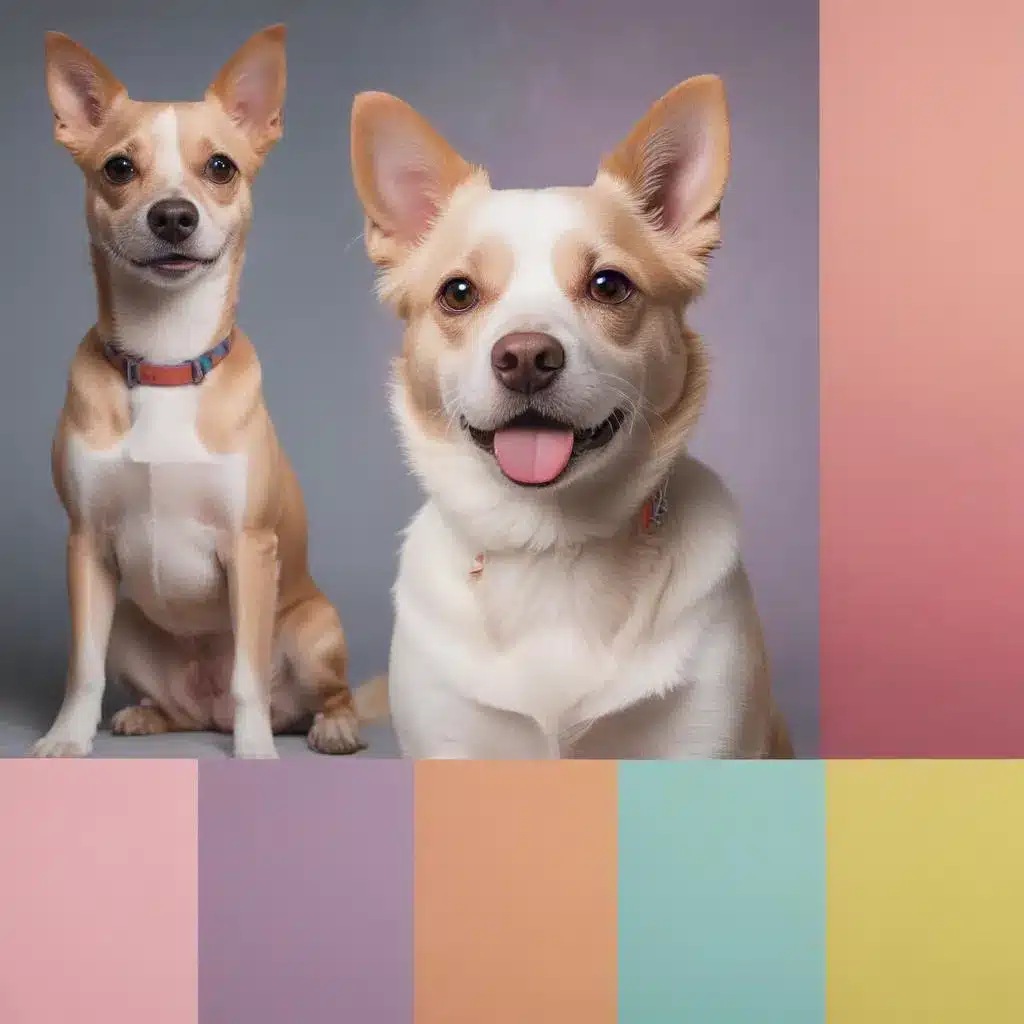
Art and Creative Techniques
Now, this might seem counterintuitive…
Capturing the essence and personality of a beloved pet through art is a uniquely rewarding creative endeavour. Whether you prefer the spontaneous flow of acrylic paint, the refined control of oil, or the delicate transparency of watercolour, the key to creating vibrant and emotive pet portraits lies in your mastery of colour theory and understanding how to compose harmonious palettes.
Modern Painting Techniques
Acrylic Painting offers a versatile and forgiving medium for pet portraits, allowing you to layer colours, create textural effects, and experiment with techniques like paint pouring to achieve striking abstract backgrounds. The fast-drying nature of acrylics enables you to quickly block in shapes and values, then gradually refine the details. With proper colour mixing and an eye for complementary pairings, acrylic pet portraits can radiate energy and life.
For a more traditional approach, Oil Painting provides unparalleled depth of colour and a luxurious, buttery application. The extended drying time affords you the opportunity to meticulously blend and soften edges, capture nuanced expressions, and infuse your subject with a sense of mood and atmosphere. Mastering techniques like wet-on-wet and glazing can help you achieve harmonious, jewel-toned palettes that captivate the viewer.
When you desire a delicate, luminous quality, Watercolour Painting excels at conveying the wispy, ethereal essence of a beloved pet. The fluid, transparent nature of watercolours lends itself beautifully to loose, gestural brushwork and the illusion of fur texture. By thoughtfully layering washes and leveraging the white of the paper, watercolour artists can create breathtaking pet portraits that dance with light and atmosphere.
Pencil Drawing Tutorials
For those who prefer the immediacy and control of pencil sketching, mastering fundamental shading and texturing techniques is key to breathing life into your pet portraits. Start by capturing the essential shapes and proportions, then gradually build up layers of value to model form and suggest the nuances of fur, eyes, and other details. Experiment with blending, hatching, and crosshatching to create a sense of depth and dimension.
More advanced drawing techniques, such as rendering with colored pencils or incorporating mixed media elements, allow you to infuse your pet portraits with vibrant colour and a personal creative flair. Thoughtful use of highlights and shadows can heighten the sense of realism, while expressive mark-making can convey the unique personality of your subject.
Creative Inspiration
Infusing your pet portraits with emotional resonance is the hallmark of a truly captivating work of art. Draw inspiration from the bond you share with your furry friend, and let this connection guide your choice of colour palette and brushwork. Warm, vibrant hues can evoke a sense of joy and playfulness, while muted, cooler tones may suggest a more pensive or melancholic mood.
Embracing an experimental mindset and allowing for spontaneous discovery can also unlock new avenues of creative expression. Techniques like paint pouring, collage, or incorporating found objects into your pet portraits can transform a traditional subject into a work of striking visual poetry.
Painting and Drawing for Pet Portraits
Composition and Design
Crafting a visually compelling pet portrait begins with a strong compositional foundation. Strive for a balanced layout that directs the viewer’s eye to the most important elements, whether it’s an expressive gaze, a quirky pose, or the overall form of your subject. Employing negative space and strategic placement of the pet within the frame can heighten the sense of focus and drama.
Identifying a clear focal point is essential for guiding the viewer’s attention and ensuring your pet portrait has a cohesive sense of visual hierarchy. This could be achieved through the use of contrast, scale, or the strategic application of saturated colour. Surrounding your subject with harmonious shapes, textures, and supporting elements can further enhance the overall visual interest and sense of place.
Capturing Personality
The true essence of a pet portrait lies in your ability to observe and interpret the unique personality of your subject. Spend time studying your pet’s expressions, quirks, and mannerisms, then translate these insights into your art through careful rendering of the eyes, gestural brushwork, and thoughtful body language.
Incorporating an anthropomorphic approach can also breathe life into your pet portraits, allowing you to imbue your subject with human-like emotions and characteristics. This could manifest in the way you pose your pet, the styling you choose, or the narrative elements you introduce into the composition.
Vibrant Colour Palettes
Mastering the art of colour harmony is essential for creating pet portraits that captivate the viewer. Experiment with complementary pairings, analogous colour schemes, and triadic harmonies to achieve a sense of vibrancy and visual balance. Thoughtful use of values, saturation, and temperature can also help you convey specific moods and atmospheres.
Drawing inspiration from the natural world can yield stunning results, as the diverse hues and patterns found in animals’ fur, feathers, and scales provide a rich tapestry of chromatic inspiration. Amplifying these natural tones through your brushwork and creative interpretation can imbue your pet portraits with a sense of authenticity and liveliness.
Ultimately, the key to creating captivating pet portraits lies in your willingness to explore, experiment, and embrace the unexpected. By harnessing your technical skills, tapping into your emotional connection with your subject, and leveraging the power of harmonious colour, you can elevate your work to new levels of vibrancy, expression, and visual poetry. So, grab your materials, observe your pet closely, and let the chromatic choreography begin!
Tip: Practice daily sketching to continually refine your technique